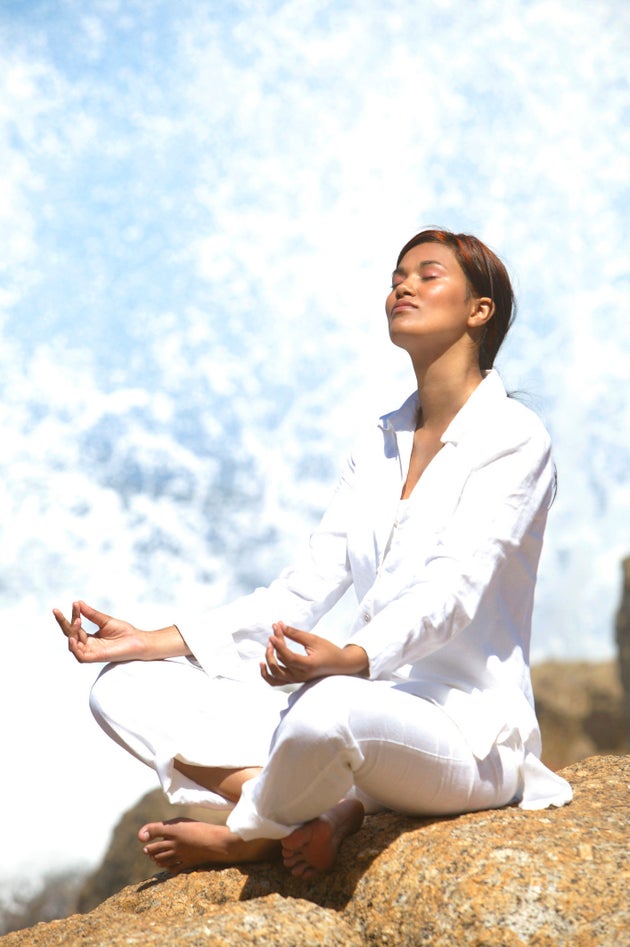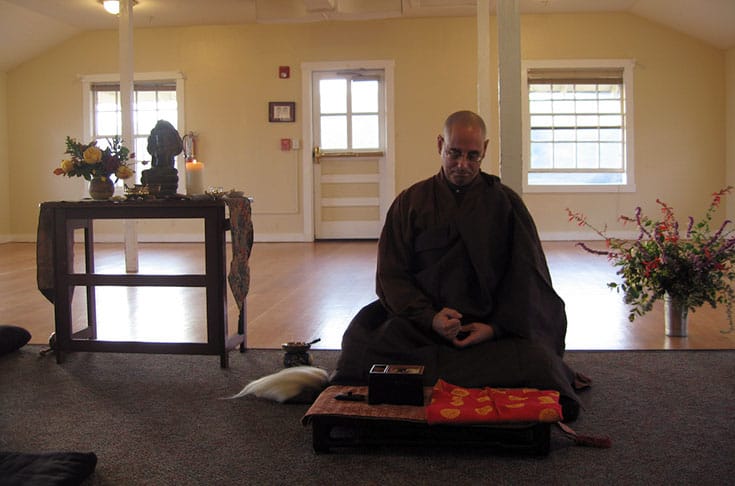Bompu zen, or 'usual zen,' means engaging in a meditation practice in order to procure. Zazen introduction. Zazen is a physical practice that utilizes breathing to realize the unity of mind and body. Physical awareness is the basis for mental awareness. When our posture is clear and firm, we settle into our natural center and breathe completely. Through unified breathing, with our whole mind and body, we discover our.
Zen is a path that must be studied, practiced, and actualized. Venom client free download. The core of Zen is zazen, which requires motivation, patience, discipline, and dedication, and is cultivated through repeated, consistent practice.
Formal Zen practice begins with two basic activities: we sit, and we breathe, with awareness. From that basic engagement, we extend the activity to include walking, chanting, eating, working—every aspect of daily life.
Can anyone practice Zen?

Zen practice is not based on beliefs or religious doctrine. Strictly speaking Zen is not a religion, but an intense investigation of the human condition and the direct experience of the nature of existence, which we may call true insight or realization.
Fruitful Zen practice and the actualization of insight requires full engagement and motivation. Patience, endurance, discipline, curiosity, and the thirst to find out what this existence is about are necessities on this long, demanding, but rewarding path.
Zazen
During Zazen we initially focus on breath, allowing it to flow softly and naturally. Attention to the breath is common to a number of meditation traditions. Counting exhalations from one to ten, returning to one when the mind wanders or when we reach ten, can greatly support one’s concentration and attention. During formal meditation sessions, the individual periods of seated meditation may last from half an hour to forty-five minutes. While in zazen we devote the mind’s full attention to just sitting and breathing.

Zen Practice House
Zazen is best practiced in a quiet location, sitting still with an erect and well-grounded posture, supported by a cushion on a thick mat or blanket. The legs may be in full lotus, half lotus, Burmese, or kneeling positions, depending on one’s flexibility (which can be increased over time through various yoga stretches). A meditation bench or a properly adjusted chair can be used by those who cannot sit on the floor. For those who can, it is important that both knees make firm contact with the mat, for a stable, triangular base. If needed, a support cushion can be placed under one or both knees. The hips are pulled back a little, so that one is on one’s “sitting bones.” This gently accentuates the natural curve of the lower back and helps the breath to come and go freely from the lower abdomen. The head is straight, the chin pulled in just enough to elongate the cervical spine. The ears line up perpendicular to the shoulders. All of these posture points help root the body in the earth, while the upper torso is elongated and the crown of the head reaches toward the heavens.
The hands are held in one of two possible meditation mudras. In what is known as the cosmic mudra, the left hand rests on the palm of the right hand, palms facing up. The thumbs barely touch at the tips, forming a well-rounded oval that encircles the navel. If sitting in full- or half-lotus, the hands rest on the natural “shelf” of the sole of the upper foot; elbows are held slightly away from the trunk. Eyes remain half-open, with the gaze softly resting on the floor in front. In the other mudra, used in many Rinzai centers, the right hand grasps the left thumb, and the left hand covers the right; again, if in half- or full-lotus, this mudra rests on the sole of the upper foot. To avoid shoulder tension, if one is sitting in Burmese posture, with one leg in front of the other, or on a bench or chair, the mudra can rest in the lap, making sure to keep the shoulders back and down.
Walking meditation: Kinhin
After a period of seated meditation we engage with the same attention and presence in movement meditation: kinhin. We walk single file, fairly close to the person in front of us, forming a line of beings as One. Hands are held in shashu: at waist level, the right hand holding the left thumb and the left hand covering the right, as in the second mudra, above. The elbows are slightly lifted so that the lower arms form a line parallel to the floor. Kinhin is a way of bringing the stillness of zazen into our everyday lives, so that we can bring full attention to whatever activity is at hand.
Even if someone would prefer to continue zazen, in the zendo the signal for kinhin is a clear call to let go of the activity of sitting and fluidly move on to the next activity, walking. In Zen practice, there is neither attachment to sitting and stillness, nor attachment to walking and motion. The objective is to develop the ability to be focused and present, responding appropriately to changing circumstances.
Chanting Sutras and Dharani
Chanting is an integral part of formal Zen training and practice. We chant sutras and dharani, which are Buddhist teachings and esoteric prayers, some in English, some in Sanskrit or Pali, some in Sino-Japanese. Rather than intellectual reflection on what the words mean, we engage directly in the sounds themselves, with full voice; we just give ourselves over to the act of chanting. After the service ends, we do prostrations, not to pay homage to some idol, to an outside object or theoretical dogma, but as an opportunity to experience our inner Buddha-nature. We offer our entire being – body and mind – with complete attention.

Clarifying our Being
Zen Practice Online
Ordinarily our experience of the world is colored by interpretations based on feelings, intellectual knowledge, and conditioning. Zazen allows us to develop the ability to see the habits and routine patterns in which we think, speak, and act. We discover where we are attached and the ways in which we carry around mental and emotional baggage. Not being able to let go is often the source of many of our difficulties, and creates ongoing suffering.

Through zazen practice we get to know ourselves intimately, and develop insight into the nature of how things really are. Zazen is best practiced under the guidance of an authentic and experienced teacher, who draws on personal experience to address hindrances that may occur in one’s practice.
Practicing on your own
Zen Centers and temples are set up to create an environment that is conducive to communal Zen practice. Roles are clear, and everyone follows the formal structure under the guidance of the zendo officers. When we practice at home by ourselves, we need to create a similarly supportive environment. It’s helpful to set up a specific place, perhaps with an altar with a small Buddha image or a treasured rock, an incense burner, and a candle, and a regular time dedicated to zazen. Wear comfortable, loose clothing, and follow the posture tips above. The natural light of dawn and dusk are ideal, or you can use a soft light. Incense helps create a feeling of dedication and intention. Regular practice, alone and in a group of like-minded practitioners, establishes the conditions for opening our hearts and minds to this path of realization and actualization. Again, Zen practice requires full engagement and motivation. Patience, endurance, discipline, curiosity, and the thirst to find out what this existence is about are necessities on this long, demanding, and rewarding path.
Zen Practice To Empty Mind

Daily Zen Practice
Practice with us
Zen
Para 8 pdf. You are very welcome to attend New York Zendo Zazen Intro on Thursday evenings. For a more immersive experience come to Dai Bosatsu Zendo, our mountain monastery, Intro to Zen weekends. Check calendar for next Intro at DBZ.
